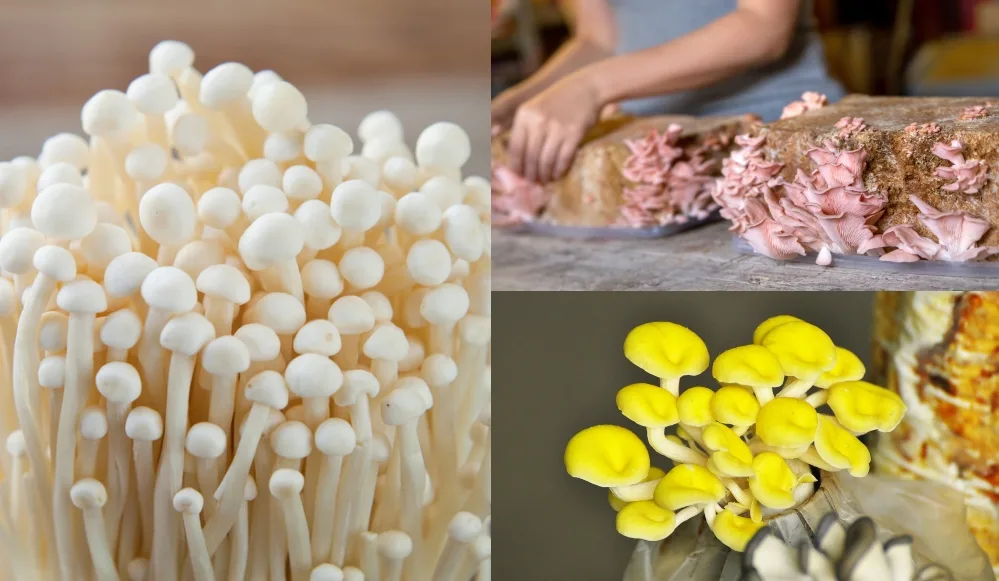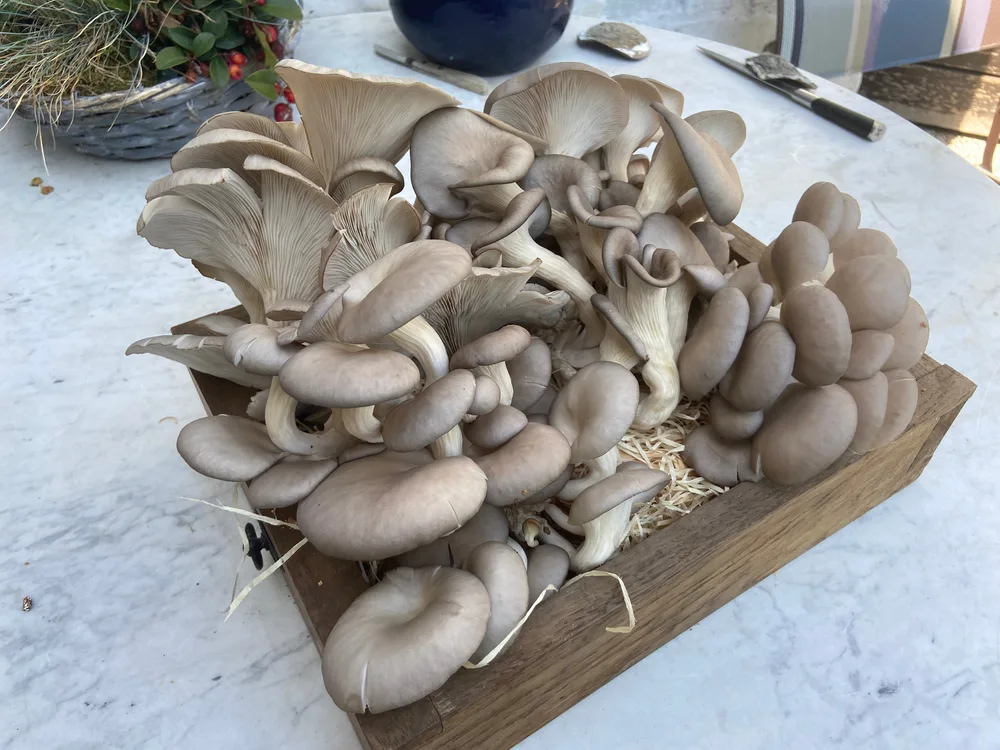
Beguiling wild mushrooms flourish at various times throughout the year, generally 1-3 days after a generous rainfall. However, their distinct flavors and potential risks of misidentifying them are not agreeable with everyone’s palate.
If you are seeking a more dependable source, with tried, tested and true mushrooms, further from the unpredictable catch of the forest and somewhat closer to home, then you are in the right place.
The ultimate best way to get more mushrooms in your diet is to start growing them at home. Or to find a local, reliable grower that can satisfy your mushroom cravings on a regular basis.
Be forewarned, growing mushrooms is both addictive and labor intensive, yet it is a homestead skill that is definitely worth learning, and deliciously valuable too!
Provided, of course, that you enjoy a scrumptious mushroom dish every now and then.
Or perhaps more often than you currently get to indulge in.
It is time to get fungi, and learn our top ten reasons for growing mushrooms at home:
1. Growing mushrooms is all about self-reliance
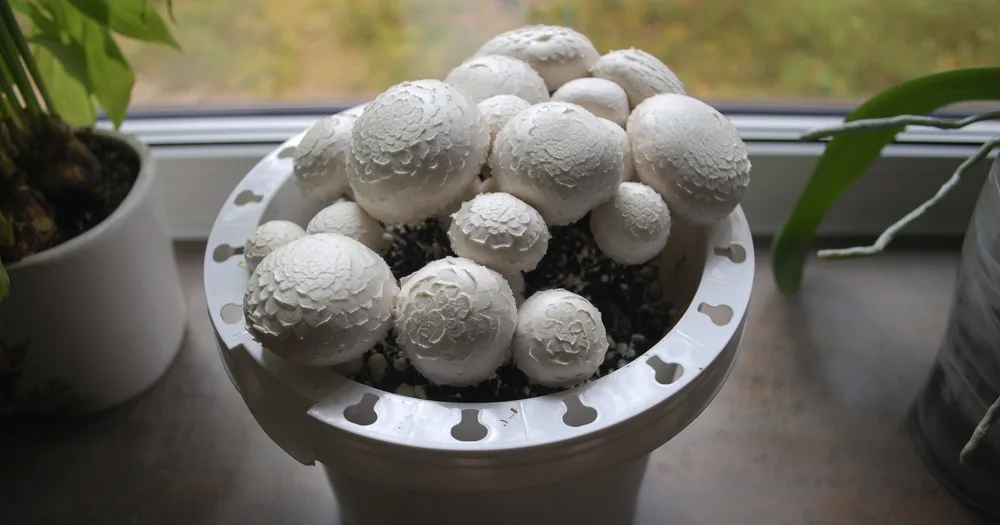
Many people get into growing mushrooms for the fun of it, and we’ll get to that in a myco-second.
The number one reason people should be learning to grow mushrooms at home is the self-reliance factor, or the aim to be self-sufficient.
Everyone benefits when you have a myriad of skills to share and trade. Getting started doesn’t have to be difficult. There are plenty of videos and in-depth articles out there to show you how.
Beginners should start with growing oyster mushrooms (Pleurotus ostreatus), as they are among the easiest to propagate.
I’ll share with you the first step: get your spawn and substrate. The rest is up to you. Alternatively, you could start with a mushroom growing kit that takes up little space on your countertop.
2. For the fun factor and educational value of it
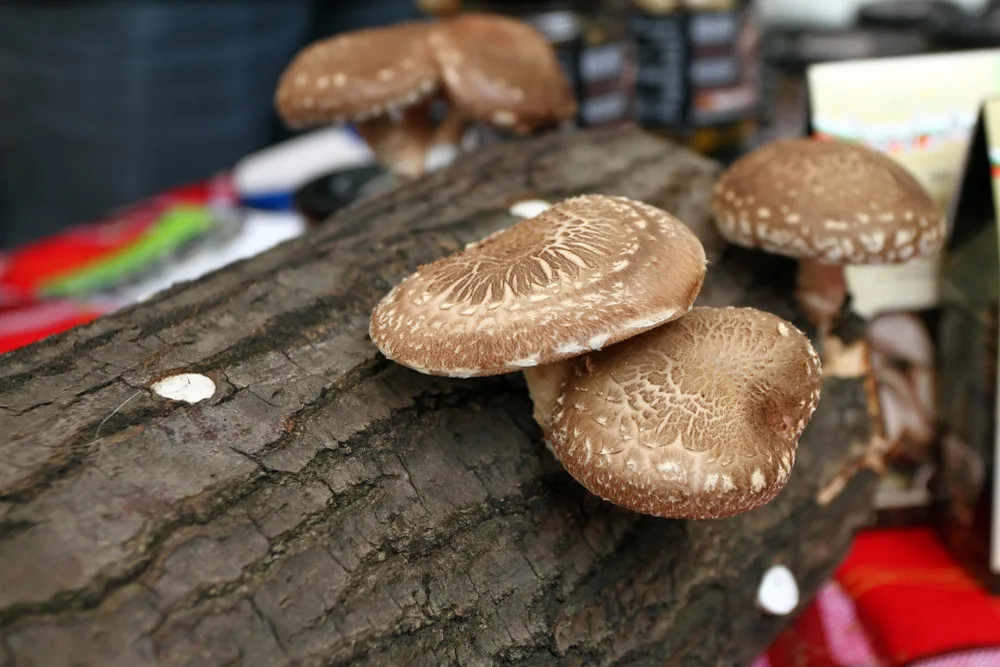
Outside of using a starter kit, it is also uncomplicated to get growing with logs and mushroom plugs. You’ll find the process of growing this way more entertaining and vastly interesting.
Kids will enjoy growing and harvesting mushrooms, even adults will learn something new about the role of fungi in the ecosystem.
Once you get excited about growing oysters, you will quickly move onto other species of mushrooms: shiitake, lion’s mane, reishi and porcini mushrooms.
Continue reading this article to find our step-by-step process on how to grow mushrooms from plugs.
3. To eat wholesome, homegrown food
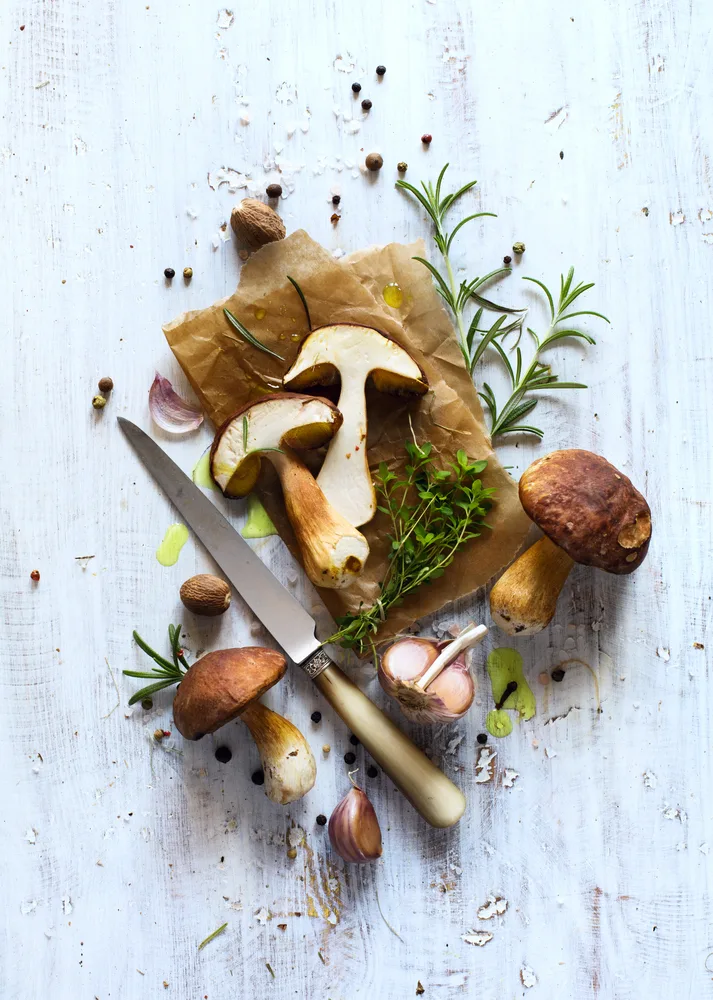
Another wonderful reason to grow mushrooms at home, is the aspect of eating food that you know is good for you – free from chemicals and ethically grown/raised. Same rules apply to garden vegetables and rearing animals too.
Let’s say you love mushroom soup, but not just any kind of commercialized flavor of mushroom soup. Rather, you long for a hearty bowl of homestyle mushroom soup, with a wild-foraged side salad. Okay, forget the salad, and stick to the soup. Here is a wonderful and creamy mushroom soup recipe that you can use once you have some homegrown shrooms to put in your cooking pot.
4. The aspect of saving money…
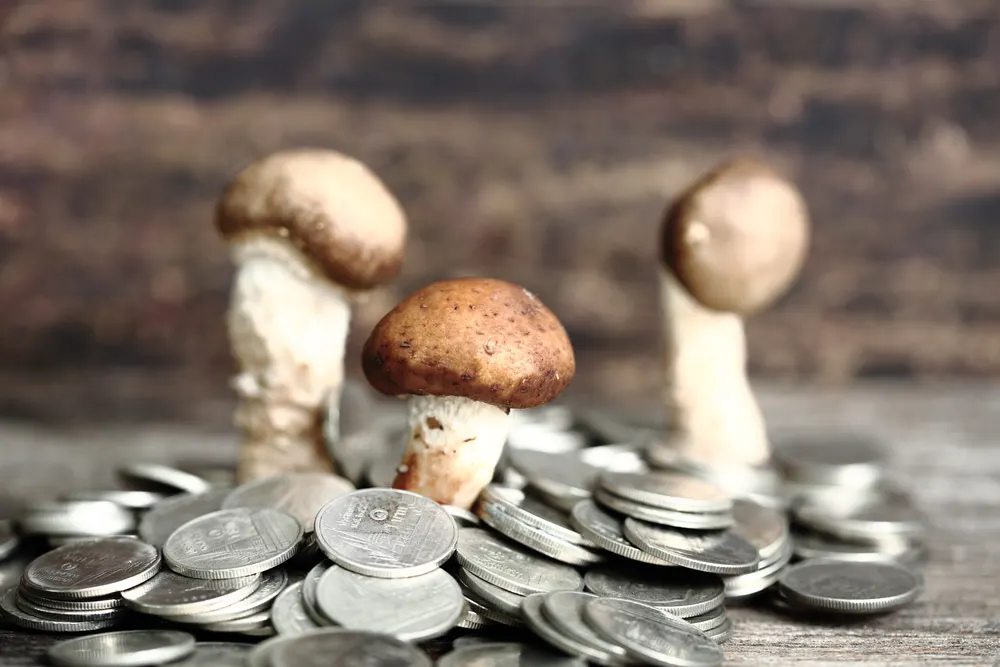
It is common to think that if we grow food at home, then we are saving money. Unfortunately this is not always the case.
All too often it is easy to get carried away with buying seeds, or plants, only to have them suffer from the weather, insects or fungus of the unpopular kind.
And if you don’t eat a lot of mushrooms, then growing mushrooms may not be the wisest choice for you.
Say you eat them weekly though, then you will definitely save money in the long run. Because once you get a good crop of mushrooms growing, they will keep giving for 2-7 years. This depends on the species of mushroom, just as much as it depends on the size and type of log your plugs are in.
Start with growing your favorite mushrooms, then try a new one the following year. Either way, there is a chance to save money…
…or make money
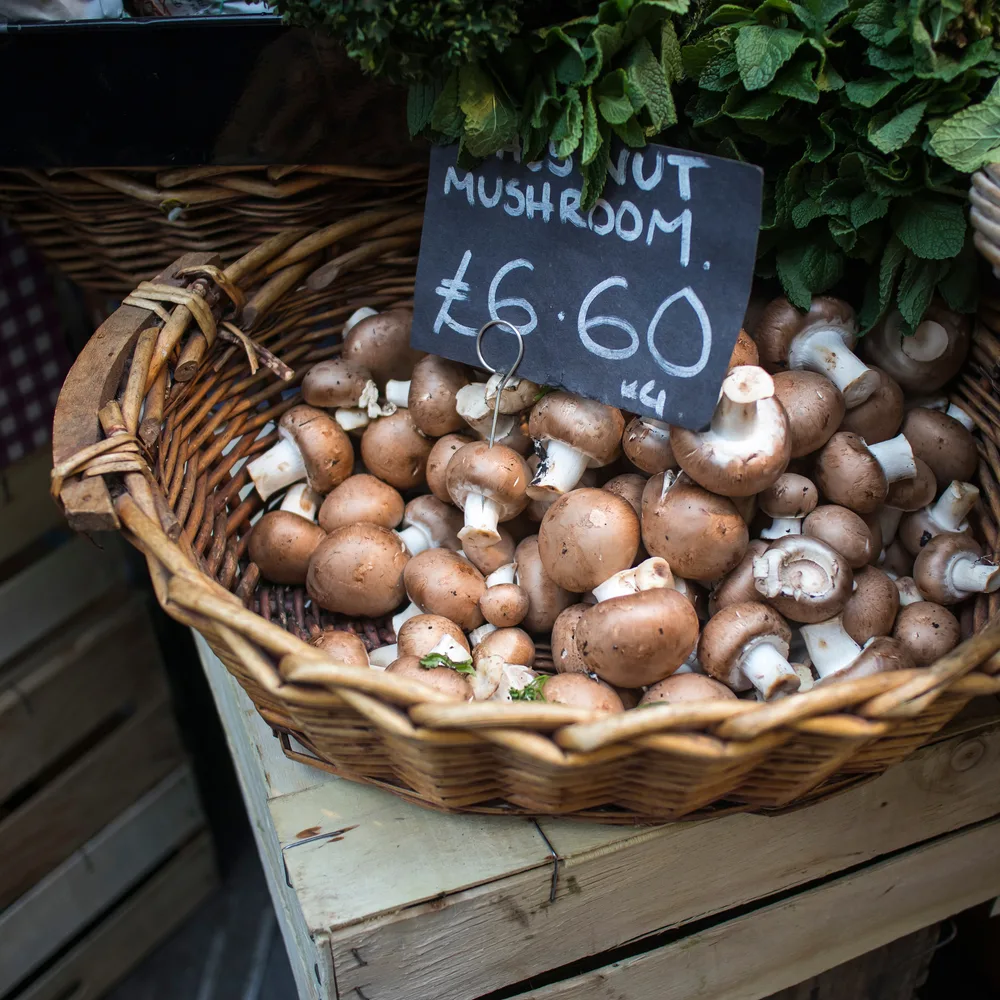
Mushrooms also happen to be a high-value garden crop that you can greatly benefit from. With a love for mushrooms and a solid business plan, you can indeed make a profit from fungi.
For example, you could sell freshly harvested mushrooms at a farmers market. Or dry them for sale if there are difficulties in selling locally in such a short time frame. There are multiple ways to make money from your homestead, cultivating mushrooms is but one way to try your hand at growing for a living.
5. Growing mushrooms for the sake of diversity and improving your diet
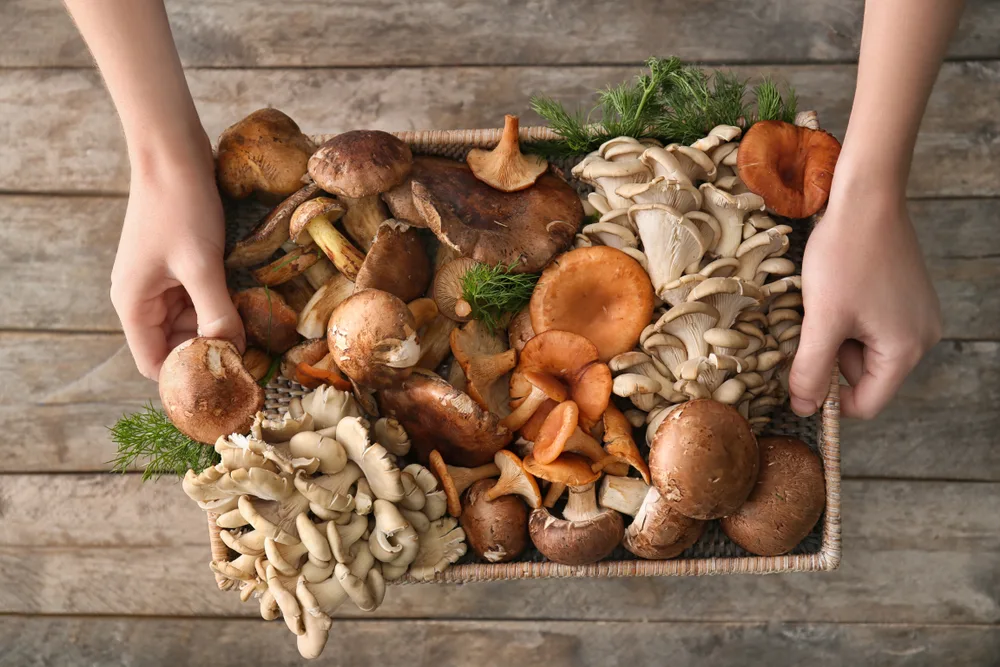
The modern diet, when you start to zoom in and take a closer look at ingredients, is not nearly as diverse as our hunter-gatherer ancestors ate.
Most of us tend to eat a small selection of common meats, fruits and vegetables, only to make up for their lack of flavor and nutrition with extra salt and plenty of herbs. There is certainly nothing wrong with this strategy, but think of all the exciting things you are missing out on, if you stick strictly to what can be bought at the store.
You miss out on a plethora of edible weeds that grow in your backyard, and on nutrients that are brought up through the soil from deeper-rooted perennials.
If your local grocery store sells one or two type of mushrooms you can already feel a lack. It is time to start filling those gaps in your diet with homegrown food, mushrooms included.
6. Irresistible mushrooms
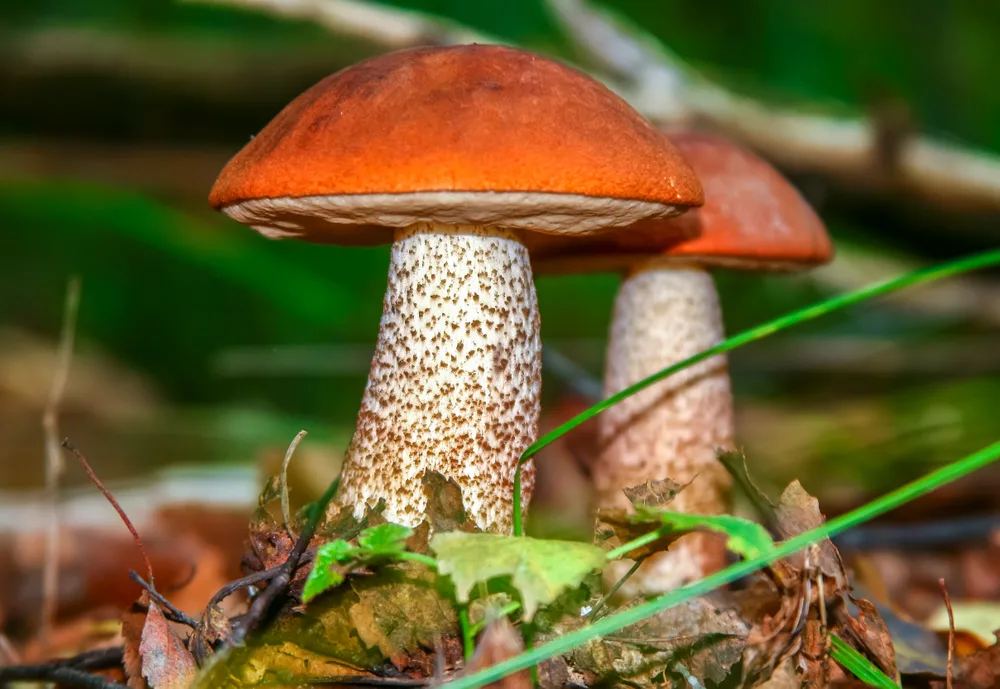
Some of us are naturally drawn to mushrooms. By this I mean creatures outside of the human realm too. Squirrels, chipmunks, wild boar, bears, deer and slugs all feed on mushrooms from the forest floor.
The unique shapes, the scents, the colors… It is very much a visual experience and a feast for the senses. Some mushrooms are medicinal, others are hallucinogenic – or magic –, while others are simply downright tasty.
Above all, I think we can agree that whether they are edible or not (and many aren’t), mushrooms are incredibly beautiful.
7. Recycling nutrients – straw bales, rotten logs and coffee grounds

Later on, we will discuss briefly what mushroom species can be grown on logs. For now, what is most important, and of interest to know, is that mushrooms can be grown in other substrates too.
If you have a lot of coffee grounds that you don’t want to put directly in your compost or the garden, you can grow mushrooms in them instead.
Same goes for growing in straw bales as well, or sawdust. There is both an art and science to this method that you are going to treasure.
Here are two articles to get your imagination started with all the possibilities of adding fresh mushrooms to scrambles, quiches and to a foraged breakfast of wild hops.
Growing Mushrooms in Coffee Grounds @ GroCycle
How to Grow Mushrooms on Straw @ Mushroom Appreciation
8. Appreciation for other wild fungi
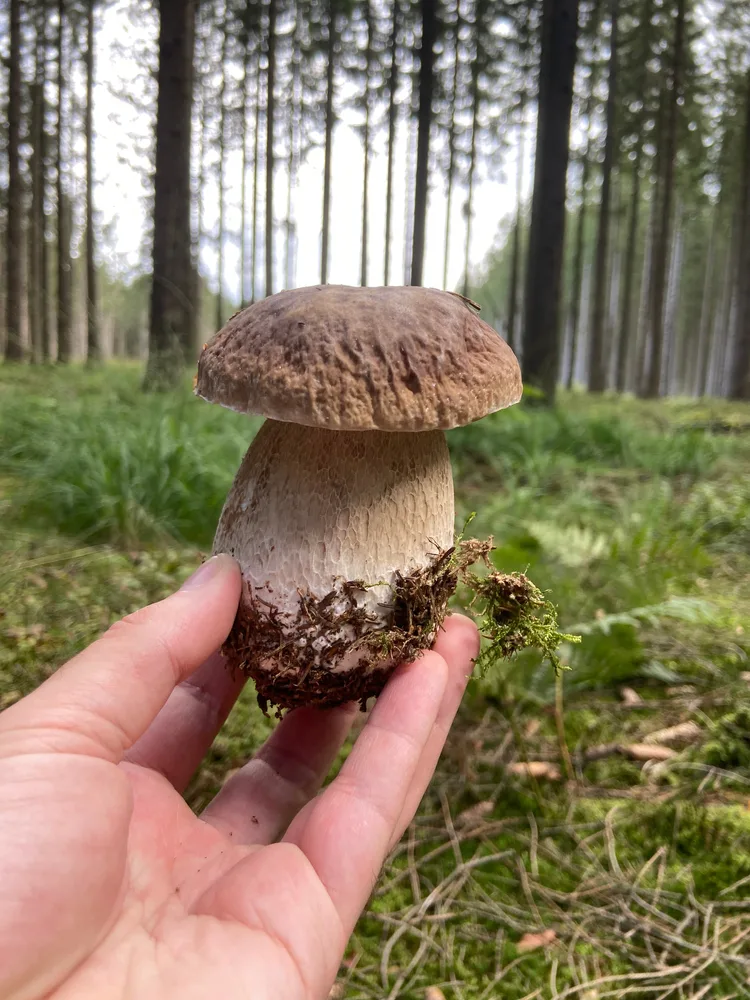
As you develop a taste for homegrown mushrooms, this will inherently nurture your adoration for wild mushrooms as well.
It can even help you get over the fear of harvesting from the wild, and into enjoying the experience of hunting for morels, or one of the tastiest wild foods: ceps.
When you grow mushrooms at home, and start to really understand their life cycle, you will start noticing them more in nature too. And that is a marvelous thing!
9. Homegrown mushrooms have superior flavor
Mushrooms are one of those foods that are best eaten while they are still the freshest possible, as close to the harvest time as you can get. If you have ever hunted for wild mushrooms, you will know this to be absolutely true. Time is of the essence to get them from ground to plate.
Of course, it is possible to store mushrooms in the fridge for 4-7 days before cooking, so long as it is done properly. Slimy mushrooms that smell fishy or ammonia-like, are a definite no-go. Toss them on the compost pile instead of chancing an upset stomach.
It goes without saying, however, that fewer food miles is always to your advantage in eating fresh. Commercially grown mushrooms have to be transported (once we accidentally bought a tray of portobellos from thousands of miles away!), they sit on store shelves for a determined amount of time, and they may, or may not, be organic.
When you grow mushrooms at home, you can be absolutely sure what substrate they are growing in. Your mushrooms will often be larger, hands-down delicious and with more retained nutrients too.
Nutrients in mushrooms
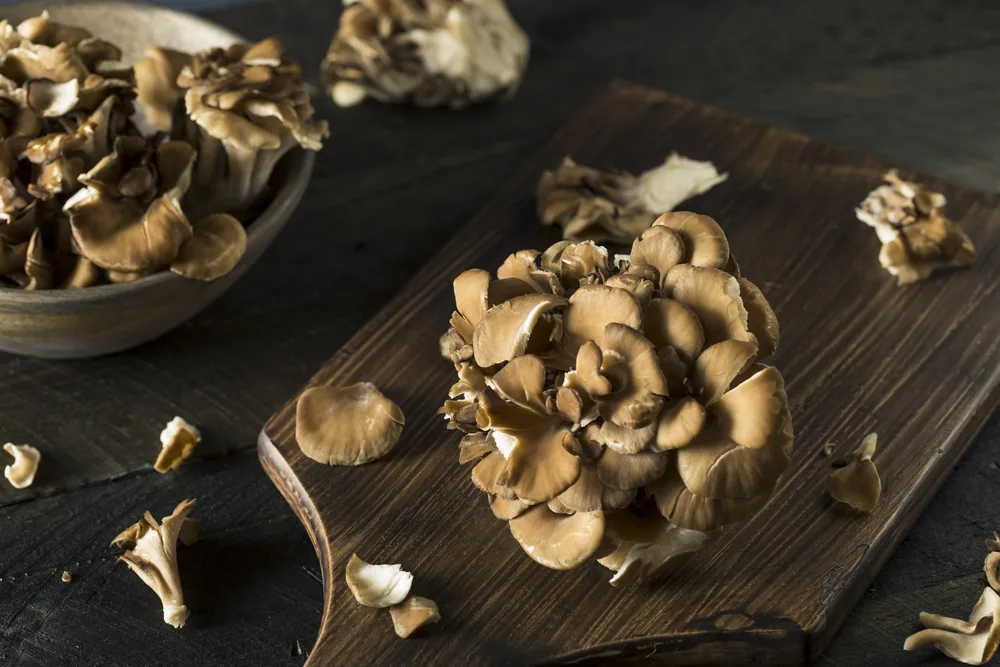
If you have been searching for a non-animal source of vitamin D, you’ve just found it here, in the humble maitake mushroom. Good news is that you can skip the fish liver oil this time around.
In most mushrooms you will also find:
- selenium
- zinc
- iron (for example in morel mushrooms found in the wild)
- B-vitamins
- copper
- phosphorus
- and potassium
Nutrient levels do depend on the species of mushroom, as well as how many you eat at once.
Here are the healthiest mushrooms ranked by nutrient density. Some of these can be grown at home, while others such as chanterelles and morels are only found in the wild.
10. Something to talk about
One unexpected consequence of growing mushrooms is that it makes for an excellent conversation starter.
If you are looking to branch out or grow roots in a new location, it can be helpful to have a hobby to take with you. This works within an already existing community as well. Once you start growing mushrooms at home, be sure you get the word out, so other mushroom enthusiasts can discover what you are up to.
No matter what you do, if others find it interesting, they will stop and ask questions. They may just offer to buy some mushrooms from you too!
Mushrooms to grow at home
Again, if you are just getting started with growing mushrooms at home, oysters are the way to go.
In the beginning, you will also need to decide whether you are going to use a substrate, or you are ready to inoculate hardwood logs.
This depends on how much space you have available, just as much as it depends on the mushrooms you would like to eat, and how often you wish to eat them.
If you are looking for a long-term return on your investment, these mushroom species are worth growing on logs:
- oyster (Pleurotus ostreatus)
- shiitake (Lentinula edodes)
- lion’s mane (Hericium erinaceus)
- maitake (Grifola frondosa)
- reishi (Ganoderma lucidum)
If indoor or container cultivation suits your growing space better, try these instead:
- white button (Agaricus bisporus)
- wine cap (Stropharia rugosoannulata)
- enoki (Flammulina velutipes)
- shaggy mane (Coprinus comatus)
If you are keen on learning more about growing mushrooms at home, this book is a good choice for growing inspiration:
The Essential Guide to Cultivating Mushrooms: Simple and Advanced Techniques for Growing Shiitake, Oyster, Lion’s Mane, and Maitake Mushrooms at Home by Stephen Russell
Read Next:

Get the famous Rural Sprout newsletter delivered to your inbox.
Including Sunday musings from our editor, Tracey, as well as “What’s Up Wednesday” our roundup of what’s in season and new article updates and alerts.


